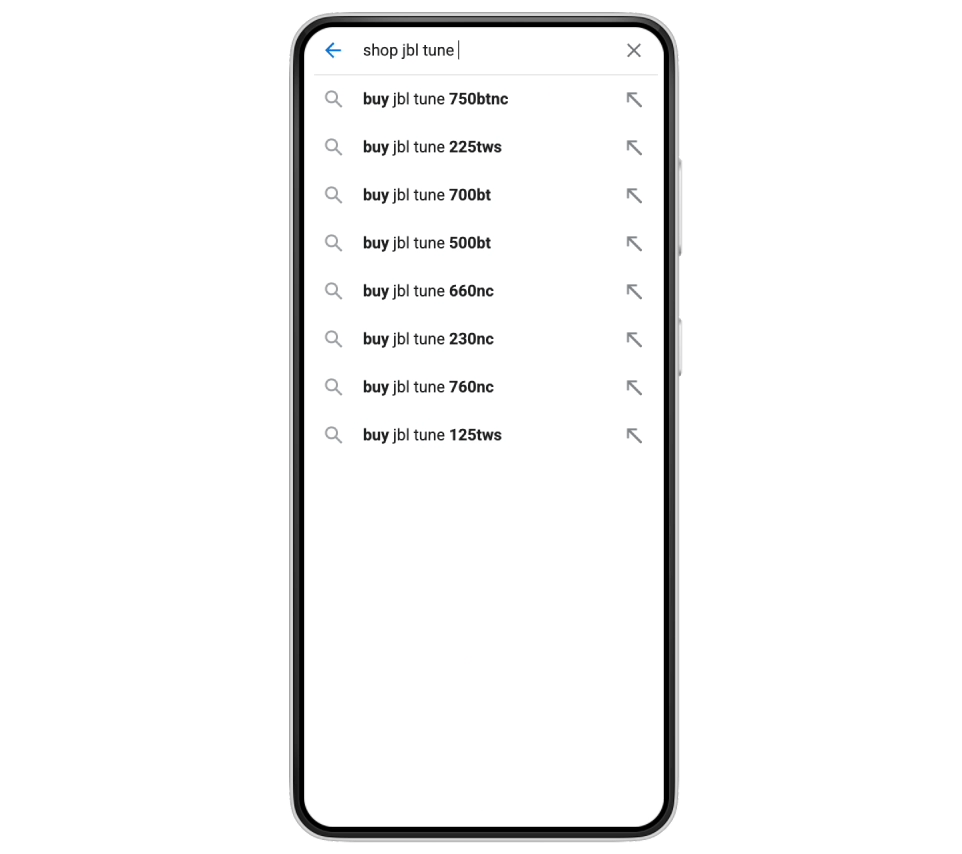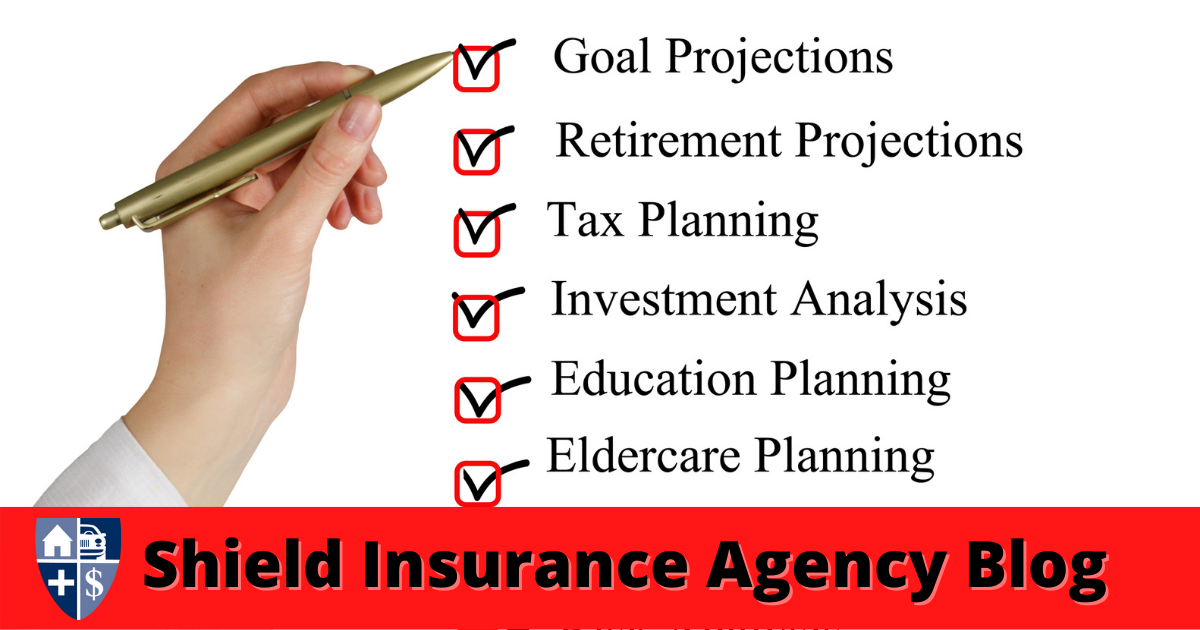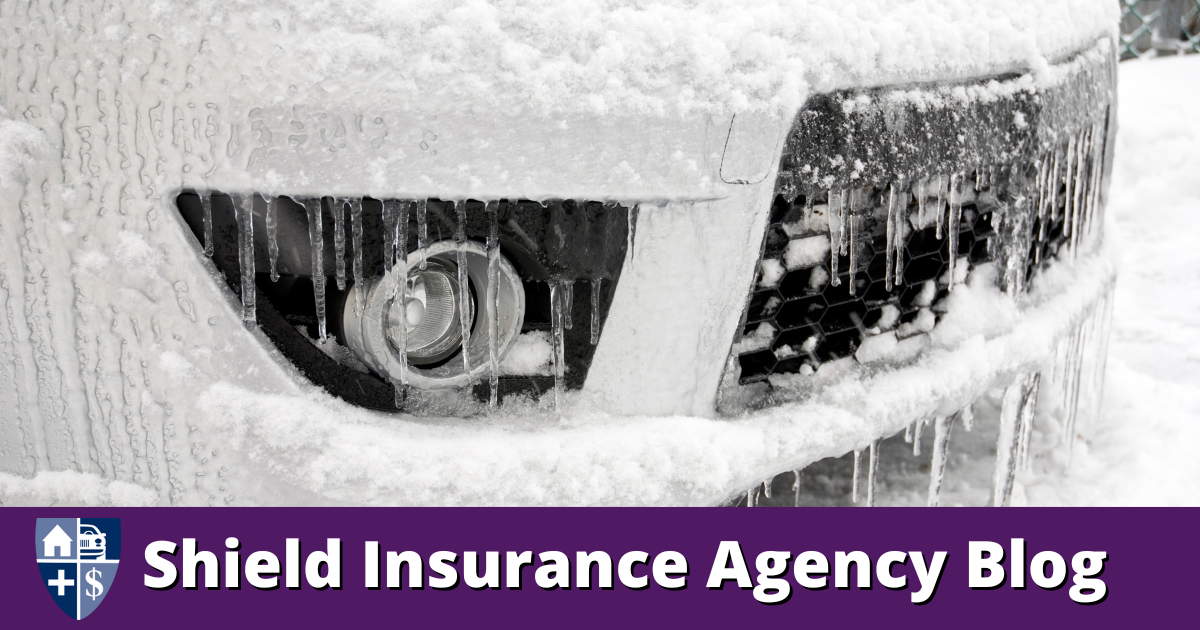
Wearable Devices: Tech’s Real-Time Ergonomic Data Is a Workers’ Comp Game Changer
RiskInsurance.com | By: Abi Potter Clough | November 1, 2022 | Business Insurance | Wearable Devices
Technology is changing the scope of treatment plans and helping to keep employees safer by stopping injuries before they happen.
Carriers and risk managers share a vested interest in helping workers avoid injuries, but until now, many of the available interventions have suffered timing issues.
Training workers in advance, showing them safety demonstrations, and teaching ergonomics are all interventions before employees start working. And corrections or reprimands from management after an incident are too late to stop an injury from occurring and are quickly forgotten before the next incident.
Technology solves some of these challenges with real-time interventions, better data collection and analysis designed to influence patient outcomes over time.
Wearable devices equipped with artificial intelligence and the Internet of Things (IoT) are one way to help keep workers safe by reducing and preventing injuries through behavior modification.
Mike Rhine, SVP, chief operating officer at Onsites at Concentra, and Sean Petterson, founder and CEO at StrongArm Tech, tackled this topic at the 2022 National Comp conference, in the session “How Wearables, AI and IoT are Informing Injury Treatment and Protecting Employee Health.”
As Petterson commented in the session, “Injuries happen fast, and we need to be faster.”
Wearable Devices Help Create a Culture of Safety
Wearables are changing the timing game by providing in-the-moment alerts, notifications and corrections designed to alter human behavior before an injury happens.
When a worker is wearing an IoT-enabled device, they can receive immediate feedback based on their actual movements — critical information designed to stop risky behaviors and teach safer ones.
These small devices can tell if a worker is moving in ways that will cause repetition-based injuries over time or if an employee is about to get hurt through their actions.
A haptic notification alerts the worker in real time of any dangers so they can modify their actions. The sensors also provide a safety score to each worker at the end of each day, then the worker sees customized tips at the start of their next shift to help them improve their score.
Wearables can help develop a safety culture through these real-time alerts and daily interventions.
“There is nothing more potent than a positive safety culture. But it has been impossible to manage in the past. Now, we can measure the impacts and the effects of a safety program, like injury reduction, and attach ROI to different training programs, IoT, wearables and so on. Wearables are bringing a new way to look at problems,” Petterson said.
Wearable devices are often small sensors that fit in a pocket or can be clipped to a worker’s collar or belt.
They aim to prevent injuries and see what happens to employees over time so measures can be introduced to keep people safer at work and reduce claims.
By understanding how injuries occur, they can be prevented.
Petterson said, “We want to make it simple. We don’t need to measure every single movement, but we want enough data to meet the needs of operations and to create a baseline for understanding how real-time risk changes can impact operations, like how pushing a workforce too far can lead to injury. This correlation wasn’t always seen. Humans were once viewed as a cost of doing business, but that’s no longer an option.”
“It’s about keeping employees healthy, not watching their every move,” Rhine added.
Wearable Devices Change the Landscape of Injury Prevention
Rhine described how small wearable sensors could change the landscape of injury prevention.
With wearables, employers can observe how employees’ behavior changes throughout their shift due to fatigue or other issues. And the wearable device allows employers to see exactly when and how an injury occurred — helpful both for investigating the injury and preventing similar incidents in the future.
“With wearables, we know what happened when they got hurt, so we can clinically intervene and incorporate some training, job rotation, more conditioning, to allow us to impact health outcomes. Without wearable data, we rely on clinicians being on site and observing workers. They may spend a half hour watching an individual employee but miss fatigue issues at hour six, for example,” Rhine elaborated.
“The sensor feeds data right to an onsite clinician. In addition to using the data, we can apply clinical learning and an ergonomic eye to the workstation.”
This best-of-both-worlds approach combines data that wasn’t readily available in the past with the clinical observations only a human can bring to the table, with an end goal of fewer employee injuries and healthier workers.
Broad Impacts of Wearable Devices
Don’t miss the rest of this article…






























































